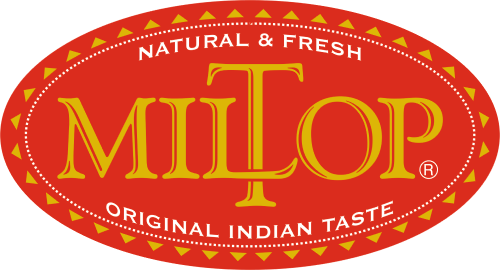Description
Pearl millet (Pennisetum glaucum) is the most widely grown type of millet. Grown in Africa and the Indian subcontinent since prehistoric times, it is generally accepted that pearl millet originated in Africa and was subsequently introduced into India Pearl millet is well adapted to production systems characterized by drought, low soil fertility, and high temperature. It performs well in soils with high salinity or low pH. Because of its tolerance to difficult growing conditions, it can be grown in areas where other cereal crops, such as maize or wheat, would not survive Pearl millet (Pennisetum glaucum) is the most widely grown type of millet. Grown in Africa and the Indian subcontinent since prehistoric times, it is generally accepted that pearl millet originated in Africa and was subsequently introduced into India Pearl millet is well adapted to production systems characterized by drought, low soil fertility, and high temperature. It performs well in soils with high salinity or low pH. Because of its tolerance to difficult growing conditions, it can be grown in areas where other cereal crops, such as maize or wheat, would not survive
Pearl millet grain is comparatively high in protein and has a good amino acid balance. It is high in lysine and methionine + cystine levels. It contains twice as much methionine than sorghum, an important trait for organic poultry production. The grain is also comparatively high in fat, and linolenic acid comprises 4% of the total fatty acids. Even when grown in highly stressed conditions, the grain is essentially free of aflatoxins and fumonisins.
Pearl Millet is a principal source of energy, protein, vitamins and minerals for millions of the poorest people in the regions where it is cultivated. It contains protein from 6 to 21%. Pearl millet grains are very high in calories—precisely the reason they do wonders for growing children and pregnant women. It contains more calories than wheat, probably because of it’s higher oil content of 4.2% which is 50% polyunsaturated. Pearl millet is rich in B vitamins, potassium, phosphorus, magnesium, iron, zinc copper and manganese. It is a gluten free grain and is the only grain that retains it’s alkaline properties after being cooked which is ideal for people with wheat allergies. Pearl millet grain compares favorably with maize and sorghum as a high-energy, high-protein ingredient in feed for poultry, pigs, cattle and sheep. Compared to maize, pearl millet is 8-60% higher in crude protein, and 40% richer in amino-acids lysine and methionine. Oxalic acid in pearl millet reduces the bioavailability of calcium and hence has a negative impact on milk production and fat content.
In its traditional growing areas in India and many African countries, pearl millet is consumed in the form of leavened or unleavened breads, porridges, boiled or steamed foods, and (alcoholic) beverages. Pearl Millet flour mixed with wheat flour is used for making baking products like breads, cakes, muffins, cookies, and biscuits. It is used in flat breads (roti) or mixed up to 25% with wheat flour for use in yeast breads. Dry flour when mixed with biscuit, bread and roll dough adds a crunchy texture and brings variety to the baked goods. Pearl Millet is traditionally used for food products like bhakri (stiff roti), and porridge or gruel.



